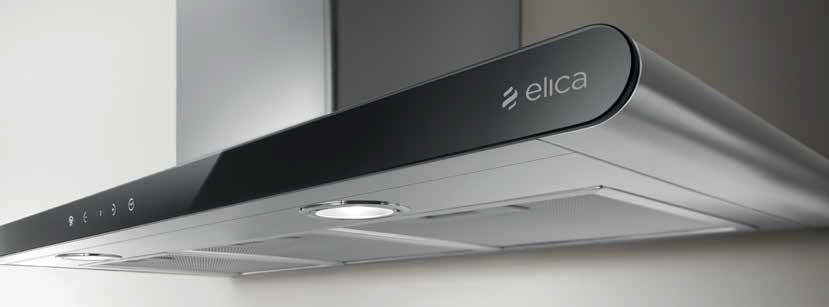Today, many outdoor installations of electrical appliances are increasingly exposed to extreme weather patterns, particularly torrential rainfall, resulting from climate change. Typically, these appliances undergo a rain test during design to determine the potential for water penetration and damage to important internal components. However, these tests usually do not reveal where the water penetration occurs. Numerical simulation can predict rainwater penetration and its penetration path to inform relevant design changes and waterproofing measures for improved product performance. Such studies represent complex free-surface phenomenon simulations for which Particleworks is particularly well-suited.
This article presents the simulation of rainfall on the outdoor unit of an air conditioner as a concrete example of this approach.
Read the articlesoftware
Particleworks is an advanced CFD Software solution, based on the Moving Particle Simulation (MPS) method.
particleworks

CASE STUDY
This article presents a study that the Elica Group commissioned from EnginSoft to support it engineering team in redesigning the ventilation system of its “Tilly” kitchen hood model
appliances ansys cfd